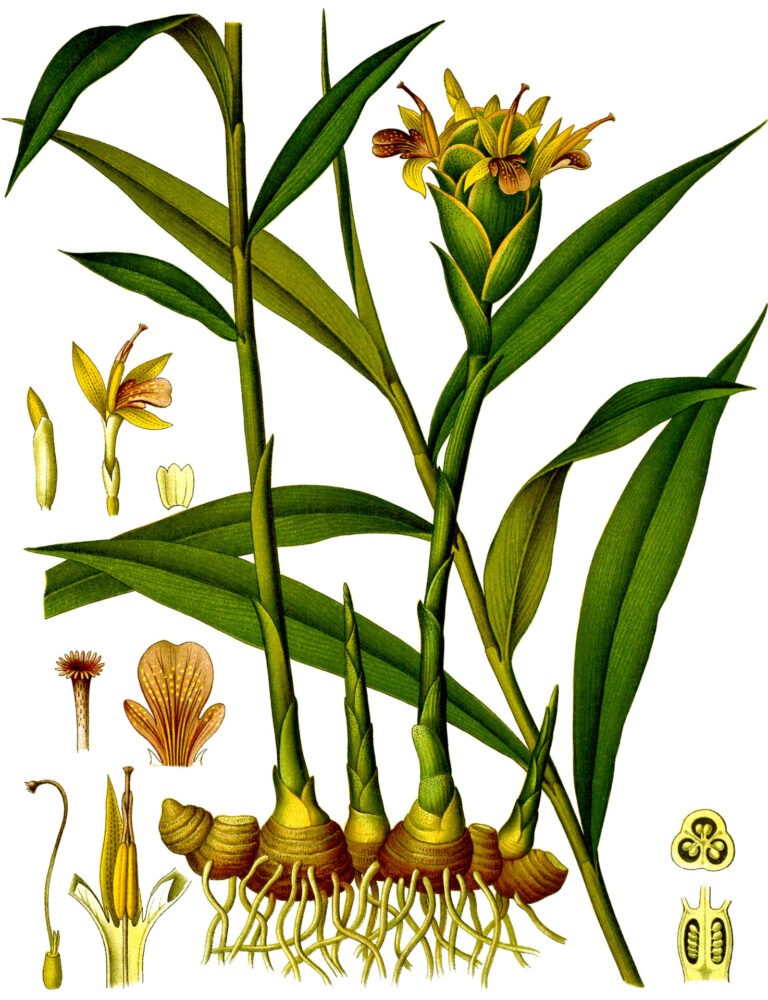
Ginger
Perennial rhizome which grows annual stems about one meter tall bearing narrowleaf blades and bear flowers having pale yellow petals with purple edges.
Healthy and nutritious vegetables can be easily grown, given the right conditions. Our instructional list of over 50 annual and perennial vegetables has something for everyone in all climate zones.

Perennial rhizome which grows annual stems about one meter tall bearing narrowleaf blades and bear flowers having pale yellow petals with purple edges.
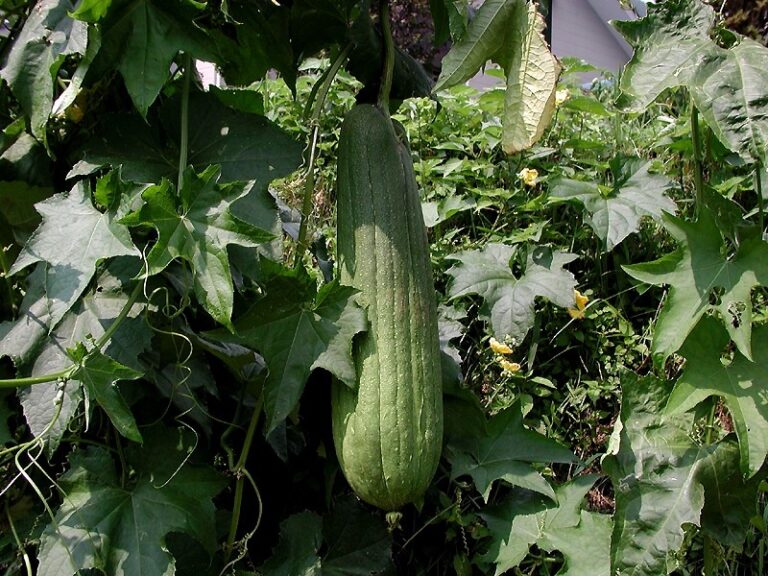
Gourds come in dozens of species, each with its own unique shape, color, and size.Gourds come in three general types: ornamental gourds (cucurbita), utilitarian gourds (lagenaria), andvegetable sponge gourds (luffa). Also consider including a few different kinds of edible gourds. Ornamental gourds are brightly colored and oddly shaped, typically used as decoration.The haveorange and yellow flowers. Utilitarian gourds are green while growing, and then dry a brown shade.These gourds are most often used for tools and utensils because of their tough shell. Vegetablesponge gourds have a shell that can be peeled off, revealing a center that can be used
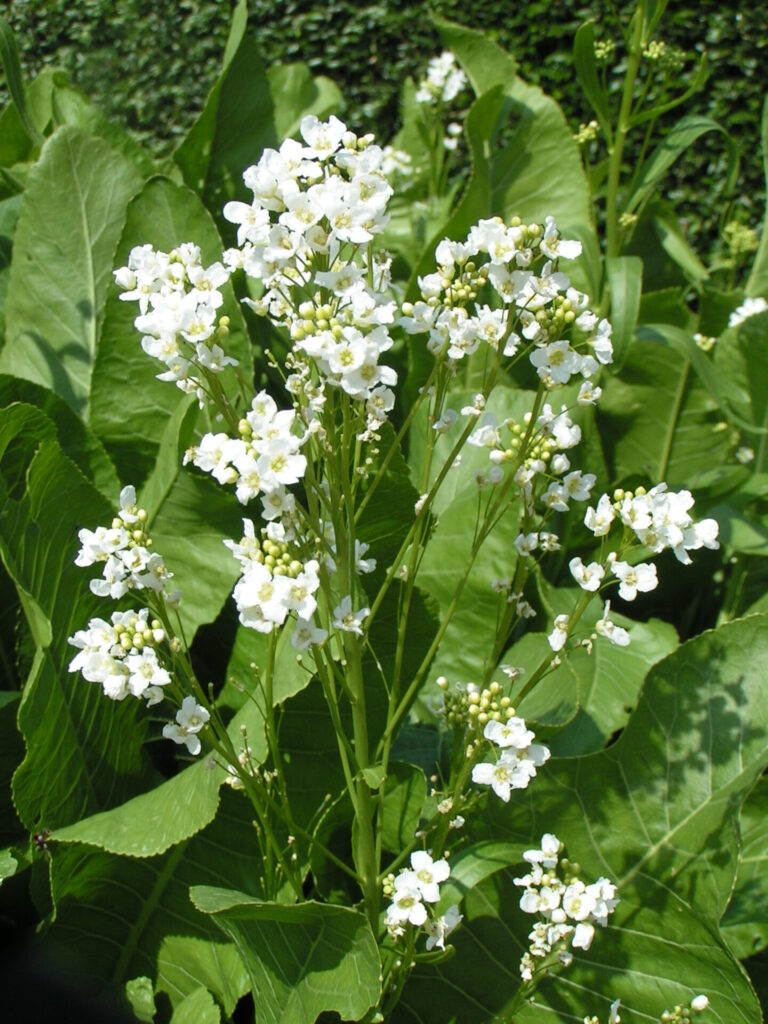
Pungent root vegetable that is commonly used to impart a zesty, hot flavor to foods.Horseradish is a hardy perennial. 1-2 horseradish plants will probably be enough for most households.A little goes a long way.
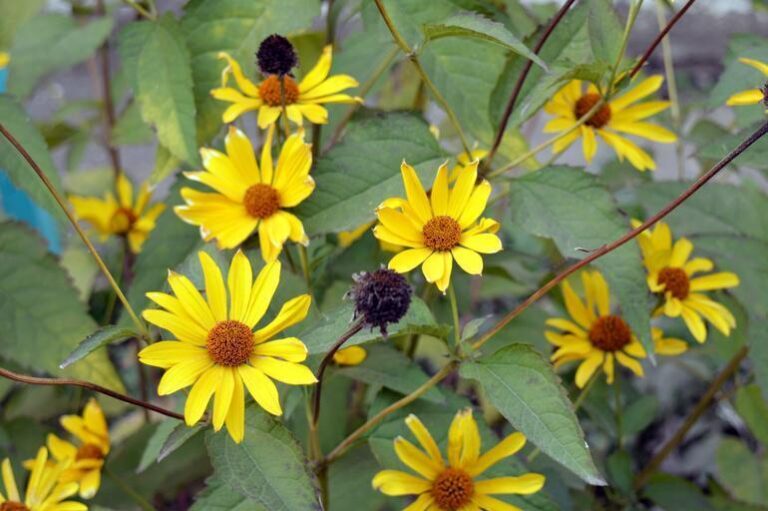
Tuber as nutritious food source (plant is a relative to the sunflower).Botanical Name: Helianthus tuberosus
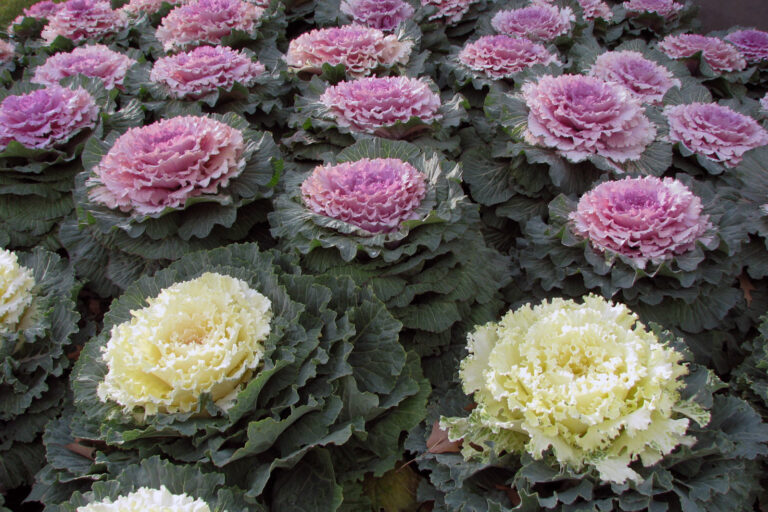
Kale (Brassica Oleracea) is a leafy green vegetable that belongs to the Brassica family, a group ofvegetables including cabbage, collards and Brussels sprouts and is one of the most nutritionallydense foods you’ll find. Kale is often called a “superfood” because it is packed with nutrients such ascalcium, potassium, beta carotene, and other antioxidants. Kale is a hardy biennial (it flowers on thesecond year of growth and completes its life-cycle),but it is usually grown as an annual.Varieties/Description: 1 Brazilian KaleBrazilian Kale is small to medium in size, growing on heads averaging 30-45 centimeters in height,and consists of broad, flat, and
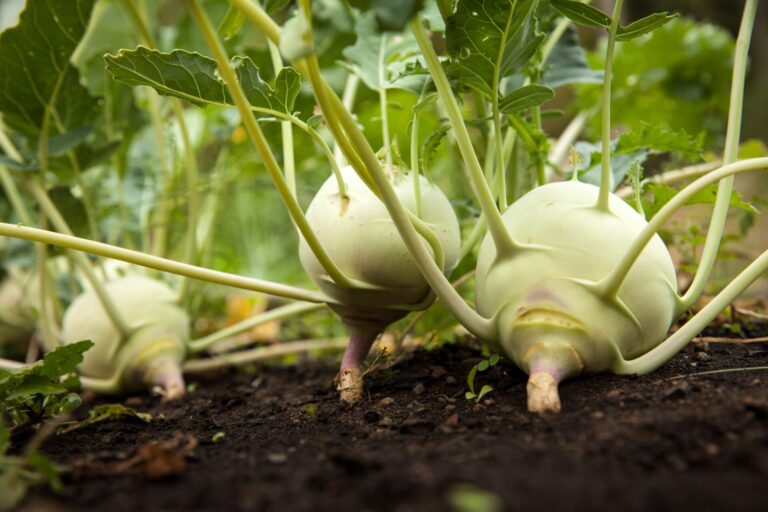
Kohlrabi is a brassica, in the cabbage family. Popular in Germanyand India, the kohlrabi is a crisp andversatile vegetable. This hardy biennial is often grown as an annual. It is easy to grow in mild climates,making it a unique and delicious addition to any garden. Increasingly popular, kohlrabi is also availablein differentvarieties, all easy to grow, with slight variations in look and time tomaturity. The biggestdifference is whether or not you pick a green or purple variety. Varieties:Green kohlrabi varieties include the Korridor and the Winner,which mature quickly, in about 50 days,compared to about 60 for some other varieties.
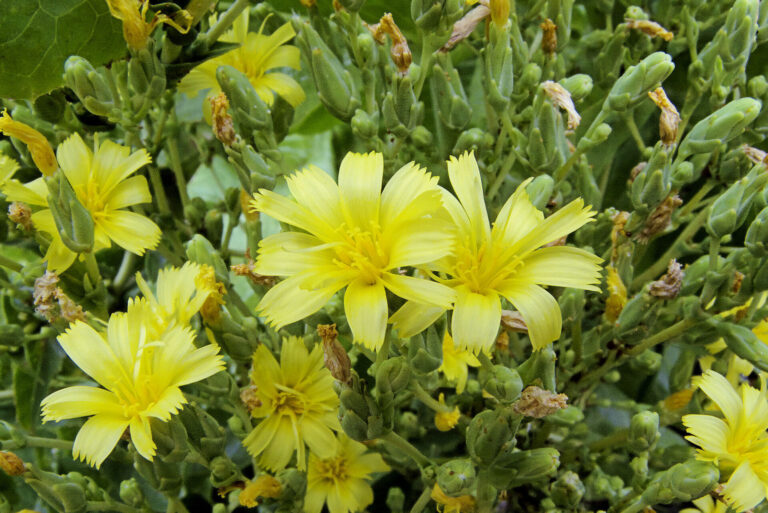
Annual or biennial from the family Asteraceae and is a self- pollinating plant grown for itsleaves which are used as salad greens, sandwiches, and wraps. The plants can vary greatly in size,shape and leaf type but generally, the leaves of the plant form a dense head or loose rosette. Arugula, Belgian Endive, Butterhead, Dandelion, Frisee, Lamb’s lettuce, Oak Leaf, Purslane, Romaine,Tatsoi, Bok Choi, Rodicchio are just some of the varieties to grow.(oftentimes commercially producedlettuce receives many pesticide and fungicide sprays, but you’ll find that no spraying is required inyour home garden.)
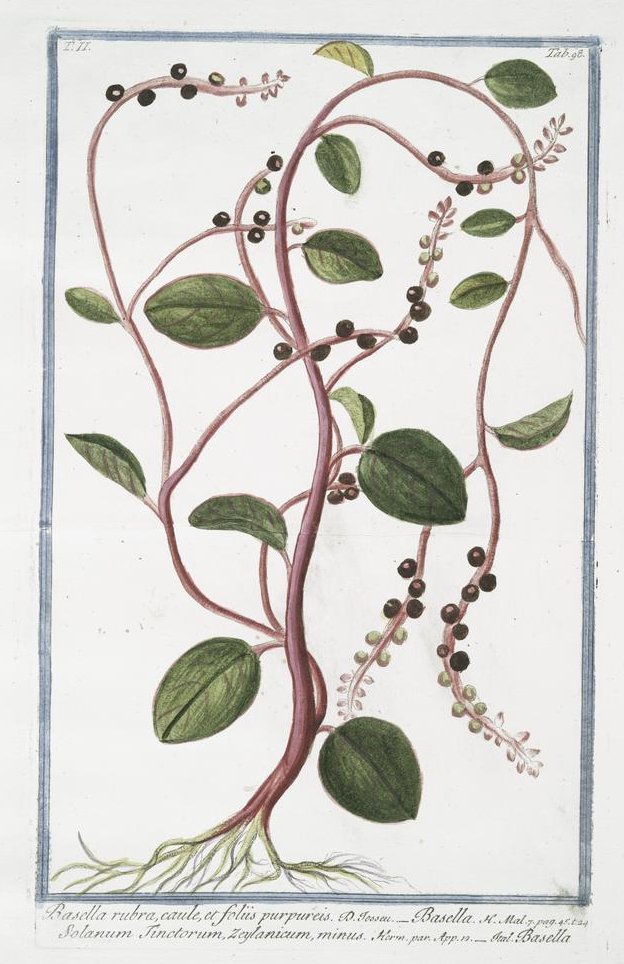
Malabar spinach is a member of the Basellaceae family. This plant isn’t a true spinach, but its foliage does indeed resemble that green leafy vegetable. Also known as Ceylon spinach, climbing spinach, gui, acelga trapadora, bratana, libato, vine spinach, and Malabar nightshade. Basella alba is a green leaf variety while the red leaf variety belongs to the B. rubra species, which has purplish stems. The leaves of Malabar are in dark green and have a shape of the heart. The appearance of the leaves is slightly glossy.
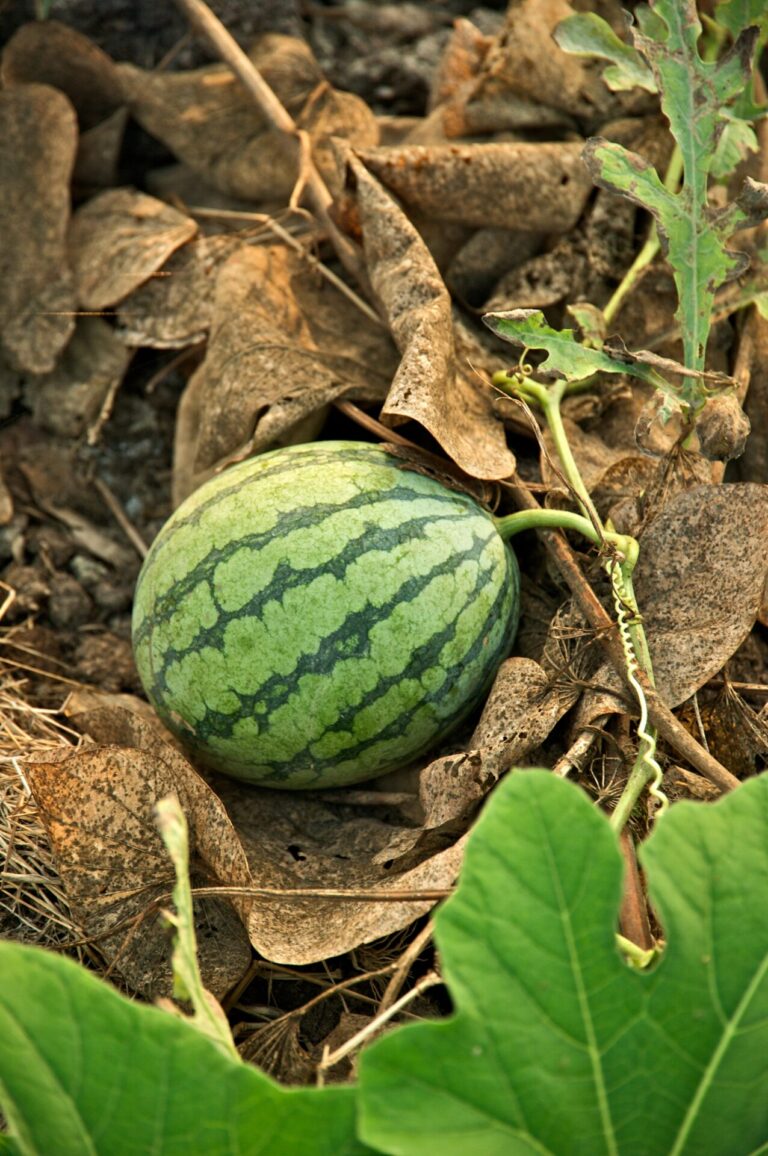
Melons are annuals and belong to the Cucurbitaceae family with different typesvarying in size, shape, color, texture, and sweetness. Melons requiring similar conditions forplanting and growing are watermelon, honeydew, cantaloupe and muskmelon. (grown insummer for harvest by early autumn).
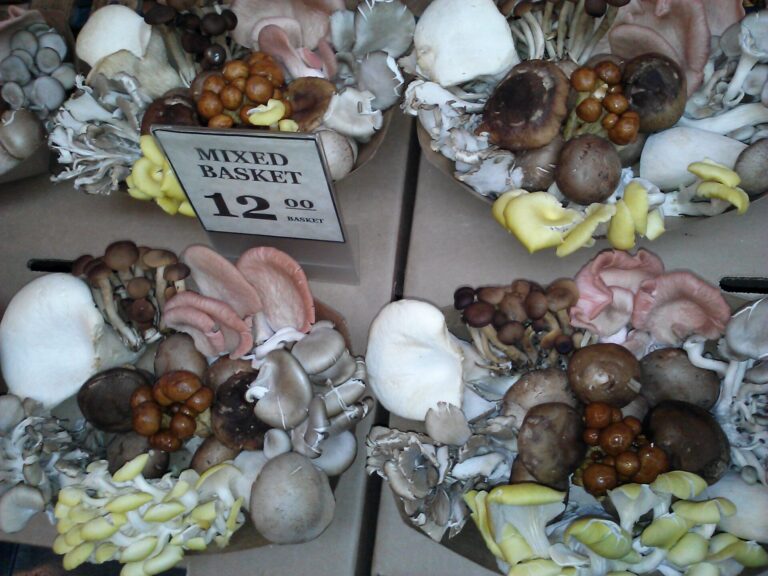
Plants that lacks chlorophyll and get its nutrients from organic matter like trees, leaves,dead wood, and waste. “They are nature’s decomposers, organisms that recycle all the dead animalsand plants that accumulate during the course of a normal life and death cycle. Without mushrooms,and other fungi, the earth would be awash in plant and animal debris. Our soils would not bereplenished with fresh humus and our forests would be piled high with leaves, branches, and fallenlogs,” from Reishi Mushrooms by Terry Willard. Examples of produce part of stores are Cepe, Chanterelle, Button, Morel, Porcini. Medicinal orientalsare Enoki, Oyster, Reishi, Shiitake,

Perennial rhizome which grows annual stems about one meter tall bearing narrowleaf blades and bear flowers having pale yellow petals with purple edges.

Gourds come in dozens of species, each with its own unique shape, color, and size.Gourds come in three general types: ornamental gourds (cucurbita), utilitarian gourds (lagenaria), andvegetable sponge gourds (luffa). Also consider including a few different kinds of edible gourds. Ornamental gourds are brightly colored and oddly shaped, typically used as decoration.The haveorange and yellow flowers. Utilitarian gourds are green while growing, and then dry a brown shade.These gourds are most often used for tools and utensils because of their tough shell. Vegetablesponge gourds have a shell that can be peeled off, revealing a center that can be used

Pungent root vegetable that is commonly used to impart a zesty, hot flavor to foods.Horseradish is a hardy perennial. 1-2 horseradish plants will probably be enough for most households.A little goes a long way.

Tuber as nutritious food source (plant is a relative to the sunflower).Botanical Name: Helianthus tuberosus

Kale (Brassica Oleracea) is a leafy green vegetable that belongs to the Brassica family, a group ofvegetables including cabbage, collards and Brussels sprouts and is one of the most nutritionallydense foods you’ll find. Kale is often called a “superfood” because it is packed with nutrients such ascalcium, potassium, beta carotene, and other antioxidants. Kale is a hardy biennial (it flowers on thesecond year of growth and completes its life-cycle),but it is usually grown as an annual.Varieties/Description: 1 Brazilian KaleBrazilian Kale is small to medium in size, growing on heads averaging 30-45 centimeters in height,and consists of broad, flat, and

Kohlrabi is a brassica, in the cabbage family. Popular in Germanyand India, the kohlrabi is a crisp andversatile vegetable. This hardy biennial is often grown as an annual. It is easy to grow in mild climates,making it a unique and delicious addition to any garden. Increasingly popular, kohlrabi is also availablein differentvarieties, all easy to grow, with slight variations in look and time tomaturity. The biggestdifference is whether or not you pick a green or purple variety. Varieties:Green kohlrabi varieties include the Korridor and the Winner,which mature quickly, in about 50 days,compared to about 60 for some other varieties.

Annual or biennial from the family Asteraceae and is a self- pollinating plant grown for itsleaves which are used as salad greens, sandwiches, and wraps. The plants can vary greatly in size,shape and leaf type but generally, the leaves of the plant form a dense head or loose rosette. Arugula, Belgian Endive, Butterhead, Dandelion, Frisee, Lamb’s lettuce, Oak Leaf, Purslane, Romaine,Tatsoi, Bok Choi, Rodicchio are just some of the varieties to grow.(oftentimes commercially producedlettuce receives many pesticide and fungicide sprays, but you’ll find that no spraying is required inyour home garden.)

Malabar spinach is a member of the Basellaceae family. This plant isn’t a true spinach, but its foliage does indeed resemble that green leafy vegetable. Also known as Ceylon spinach, climbing spinach, gui, acelga trapadora, bratana, libato, vine spinach, and Malabar nightshade. Basella alba is a green leaf variety while the red leaf variety belongs to the B. rubra species, which has purplish stems. The leaves of Malabar are in dark green and have a shape of the heart. The appearance of the leaves is slightly glossy.

Melons are annuals and belong to the Cucurbitaceae family with different typesvarying in size, shape, color, texture, and sweetness. Melons requiring similar conditions forplanting and growing are watermelon, honeydew, cantaloupe and muskmelon. (grown insummer for harvest by early autumn).

Plants that lacks chlorophyll and get its nutrients from organic matter like trees, leaves,dead wood, and waste. “They are nature’s decomposers, organisms that recycle all the dead animalsand plants that accumulate during the course of a normal life and death cycle. Without mushrooms,and other fungi, the earth would be awash in plant and animal debris. Our soils would not bereplenished with fresh humus and our forests would be piled high with leaves, branches, and fallenlogs,” from Reishi Mushrooms by Terry Willard. Examples of produce part of stores are Cepe, Chanterelle, Button, Morel, Porcini. Medicinal orientalsare Enoki, Oyster, Reishi, Shiitake,
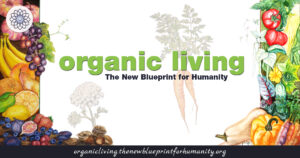
Here is a slide show of some of our projects. https://organicliving.thenewblueprintforhumanity.org/wp-content/uploads/2025/09/TPC-Gardening-Slide-Show.mp4
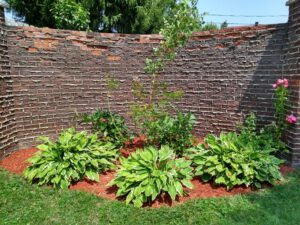
A lesson I have learned and have begun to experience is this; ‘When you take action, any action, the world will begin to move for you’.
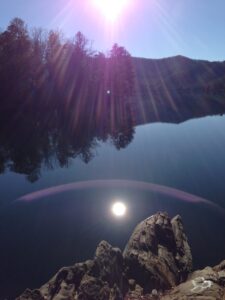
Here is our report on the TPC Gardening and Non GMO Foods Communal Gathering Zoom call with the Bowler Hat Farmer, August 31, 2025 We […]
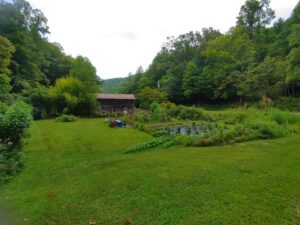
The TPC Gardening and Non GMO Food Communal Gathering Zoom Call Every Sunday at 9.00 am Mountain Time the Gardening and Non GMO Food Communal […]

One of the Vital solutions of Korean Natural Farming is the introduction of Indigenous Micro Organisms (IMO) into the soil to promote health and vitality. […]
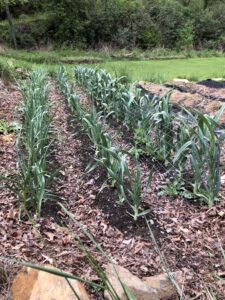
The Dedicated garlic Bed, year 2. Elephant Garlic grown from cloves, last year, Produced a single large bulb if garlic, as a Onion. No cloves. […]
